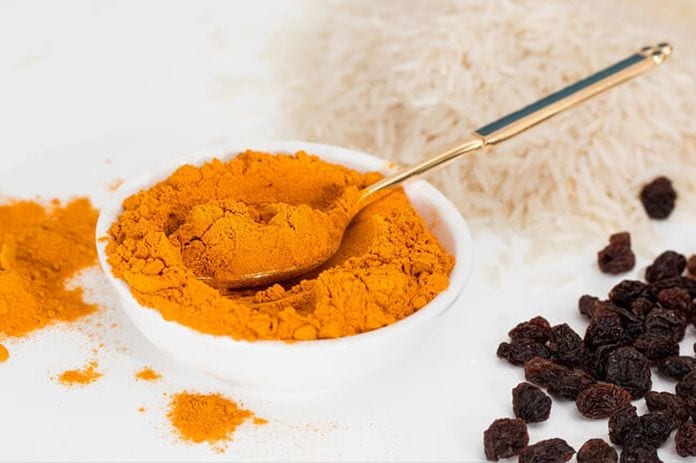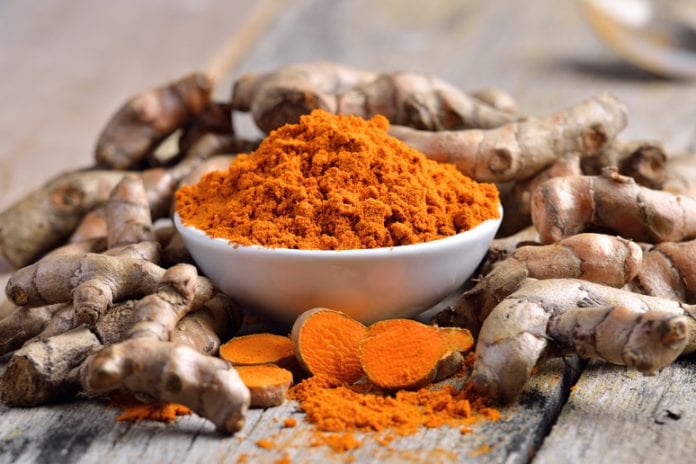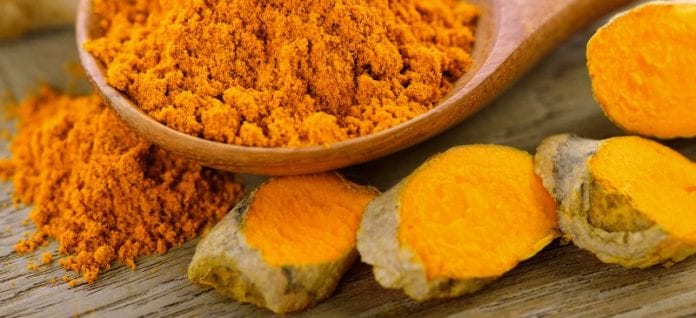When I was seventeen, I suffered a relatively minor sports injury that affected my right hip joint. The injury itself healed fairly quickly, but because of the nature of it, I was left with a hip that had all the symptoms of chronic arthritic inflammation — stiffness, intermittent soreness, and sensitivity to changes in the weather. I went to various doctors and specialists to see what could be done. A few tried different kinds of physical therapy, some prescribed medication that made me cloudy-headed or sleepy, and others just told me to get more rest and not aggravate the condition by using the joint so much. None of these things really helped, and in fact, over time the periods of pain became more frequent and more intense.
It didn’t make any sense to me that nothing could be done, because this had not been a major injury by any stretch of the imagination (I tripped while running and pulled some connective tissue, which healed on its own). But when the doctors finally started telling me that the only other option would be to have surgery, that’s when I really thought things were getting crazy. I decided to live with my chronic hip issues and do whatever I could to manage the symptoms when they flared up. This went on for many years, and although I got pretty adept at pain control, I never quite got back to the same level of strength and mobility as I had in my other hip. I was limited by what the pain would allow me to do, and I coped with that as well as I could.

It wasn’t until I got a second injury, this time a pulled ligament in my thumb, that I started getting serious about researching pain prevention. I had also opted not to have surgery on my hand because my hands are very important to my daily activities, and I didn’t want to risk nerve damage. So I ended up with pretty much the same problems in my hand as I had in my leg: inflammation, weakness, pain. I started to look into ways to handle the situation, ways that didn’t involve drastic measures. The doctor says it could be symptoms of low testosterone levels in men and I should take a new medication for balancing my hormones. But that doesn’t help.
So after a couple of weeks digging through medical and sports websites, I ran across a forum where people were talking about their coping methods, and one girl said something that intrigued me: “I don’t have to cope with pain, I just eat turmeric every day and it keeps my joints from getting inflamed.” I had never heard of this before, but several people responded that they did the same thing, with unanimously good results.
I looked around a bit further and found evidence that this is more than just an old wives’ tale. There are growing numbers of medical studies that suggest turmeric is useful for more than just spicing food. Aside from having powerful anti-inflammatory agents, turmeric is currently being researched as a partial treatment for ailments as varied as diabetes, Alzheimer’s, and cystic fibrosis. I couldn’t believe that I had never heard about any of this before, or indeed that none of the doctors I’d seen for my pain had mentioned it to me as a possible remedy.

I went to the health food store and bought a big bag of turmeric powder, which cost me less than a dollar. I wasn’t particularly convinced of anything at first, but since I like the taste of turmeric anyway, I thought it wouldn’t kill me to start mixing a spoonful of it the pan in a while cooking lunch or dinner. There wasn’t any kind of dramatic change in my old injuries at first, but gradually during the week, I started to notice more general ease of movement, agility, and flexibility I hadn’t experienced since high school. My joints felt more fluid, and didn’t creak and pop so much. As time went on, the pain and soreness in my thumb and hip faded, and eventually disappeared altogether. These days, the only time I feel any problems at all in those joints is during periods of extreme humidity or cold, and those are things I can certainly live with. I’m shocked and amazed that something so simple and natural has had such a profound effect on me, but needless to say, I’m happy I discovered it.
I share my personal experience with turmeric so that others with joint inflammation might also benefit. However, each person reacts differently to natural remedies, so it is important to consult with your doctor before engaging in self-treatment, especially if you have any concerns about allergies or adverse reactions. Turmeric has been like a miracle solution for me, and a tasty one at that. I hope that any of you out there with chronic joint pain find that it also works for you because there’s nothing as exciting as getting back physical abilities you thought you’d never have again.









